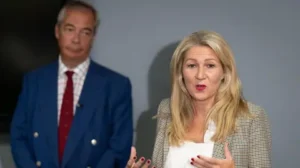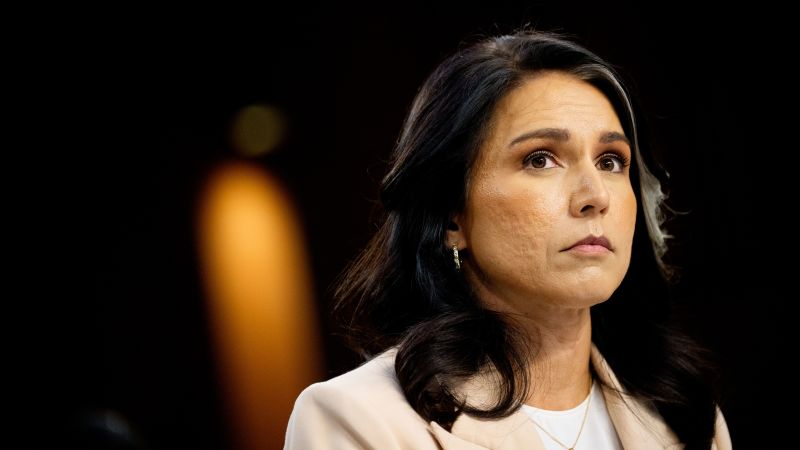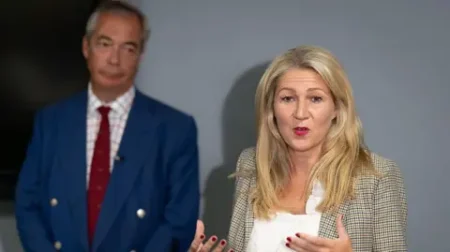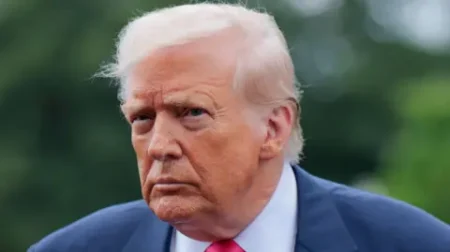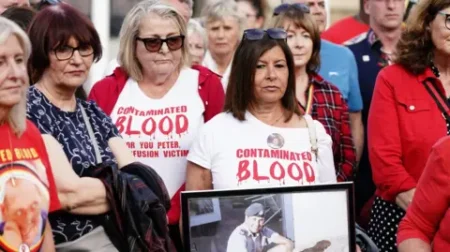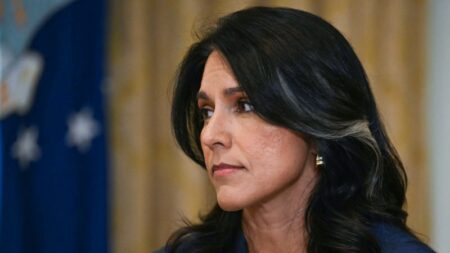On a notable Friday, Director of National Intelligence, Tulsi Gabbard, made headlines by declassifying and releasing a series of intelligence documents that she claimed supported her allegations of a “treasonous conspiracy” orchestrated by senior officials within the Obama administration. According to Gabbard’s assertions, these officials purportedly fabricated claims about Russian interference in the presidential election of 2016, thus undermining the integrity of the electoral process.
However, this claim is not supported by a thorough examination of the U.S. intelligence community’s conclusions, as established in a 2020 Senate investigation. Reports indicate that instead of undermining the findings, the documents released by Gabbard do not challenge the central conclusions from the intelligence assessment conducted in 2017, which confirmed that Russia executed an influence campaign and hacking operations targeted at assisting Donald Trump’s election campaign against Hillary Clinton.
Gabbard’s allegations draw a line connecting earlier assessments made before the election and statements from intelligence officials during the Obama administration that indicated Russian cyber-attacks did not change the election results or compromise voting systems. However, it is important to highlight that the January 2017 Intelligence Community Assessment stopped short of declaring that Russian cyberattacks altered the election results. It focused primarily on an influence campaign orchestrated by Russian President Vladimir Putin, which also involved cyber operations that targeted officials from the U.S. and the Democratic Party, notably the hacking and dissemination of emails via WikiLeaks.
Former congressional insiders pointedly noted that Gabbard’s confusion between separate issues—cyberattacks on voting infrastructure and the hacking of the Democratic National Committee—creates significant misinformation. The bipartisan Senate Intelligence Committee review of 2020 corroborated the intelligence community’s consensus on Russian interference, reaffirming Putin’s directive role in that interference.
Furthermore, multiple congressional sources criticized Gabbard’s reliance on the idea that because voting systems were not breached, it somehow negated the evidence of Russia’s influence operations. Interviews conducted for the Senate report with intelligence analysts who contributed to the assessment revealed no indication of political interference, contradicting Gabbard’s claims.
While Gabbard’s office did not provide comment regarding the allegations surrounding the documents she released, this event embodies a broader narrative wherein Trump administration officials have sought to reinterpret the history of the Russia investigation following Trump’s election. This pushback traces back to efforts to undermine the credibility of the intelligence findings, prominently featuring figures such as CIA Director John Ratcliffe, who recently criticized the process through which the intelligence community concluded that Putin aimed to assist Trump.
Donald Trump has consistently utilized narratives stemming from Gabbard’s findings, sharing videos and memes that imply wrongdoing on the part of former President Obama and his administration, an approach he has employed consistently throughout his presidency. His characterization of the Russia investigation as a “hoax” denotes a significant aspect of his political narrative, suggesting a conspiracy against him that aimed to delegitimize his elected position.
The January 2017 intelligence assessment served as a critical juncture for Trump, fostering his antagonism towards the so-called “deep state.” Throughout his term, Trump has rigorously contested the conclusions asserting that Putin and Russia sought to bolster his election campaign, arguing instead that such assertions tarnish the legitimacy of his victory in 2016.
In this context, Gabbard alleged that the intelligence community’s findings relied heavily on the Steele dossier, which she claimed was weaponized to distort the electoral will of the American populace. Her 11-page memo linked these allegations to earlier intelligence emails, asserting that foreign adversaries lacked the means to alter electoral outcomes covertly.
Notably, congressional sources have scrutinized Gabbard’s claims surrounding the intelligence assessment, asserting that the notion of a Kremlin-directed campaign does not imply evidence of any election outcome manipulation. Additionally, the Senate Intelligence Committee’s interviews with report authors confirmed that the Steele dossier was not integral to the assessment.
Virginia’s Senator Mark Warner, serving as the top Democrat on the Senate Intelligence Committee, encapsulated the prevailing consensus by stating that the panel achieved a “unanimous, bipartisan conclusion” on Russian interference designed to benefit Donald Trump. Warner emphasized that Gabbard’s actions reflect an ongoing attempt to reshape the historical narrative surrounding Russia’s interference and erode public confidence in the intelligence community.
Overall, the declassification and implications surrounding Gabbard’s actions have stirred a complicated and divisive dialogue regarding the integrity of the electoral process, Russia’s influence, and the ongoing contention surrounding the legitimacy of past political narratives, raising critical questions about how history and intelligence assessments are portrayed in public discourse.

